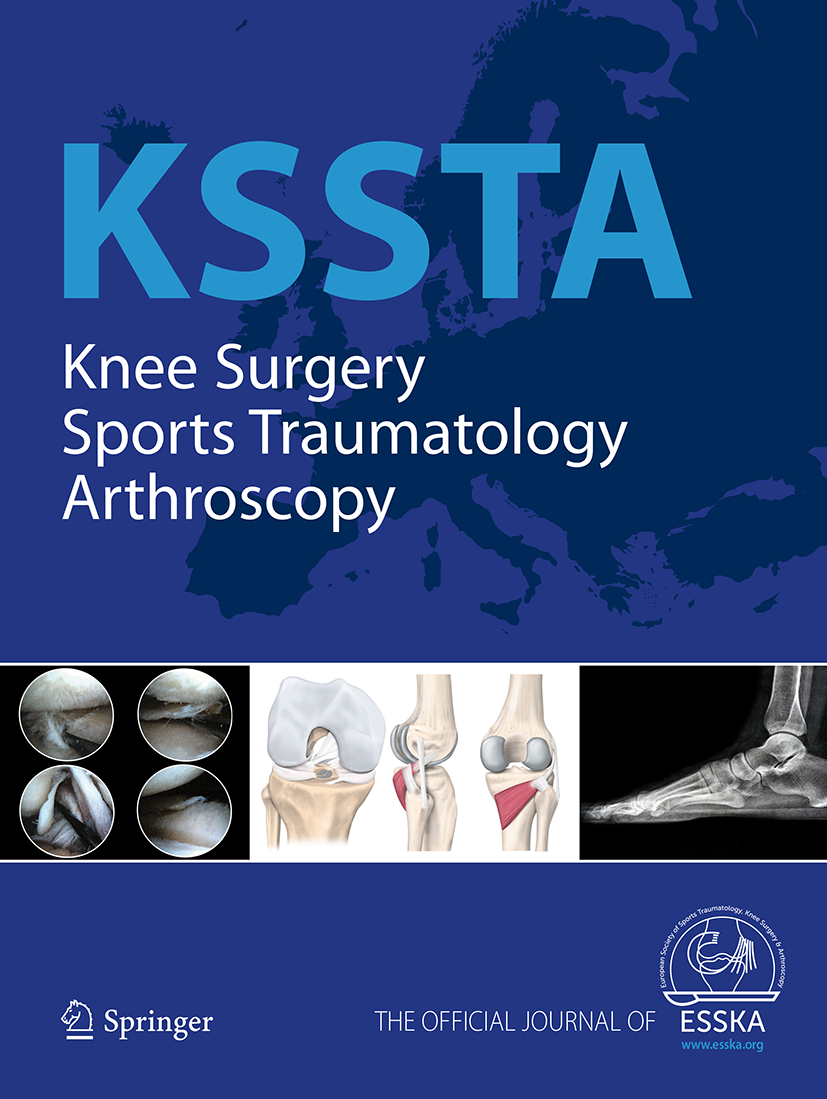
Comparing three femoral tunnel drilling techniques in patients undergoing double-bundle ACL-R

Comparing three femoral tunnel drilling techniques in patients undergoing double-bundle ACL-R
Anatomic femoral tunnel placement is difficult by the transtibial technique: comparison of three different femoral tunnel drilling techniques in double-bundle anterior cruciate ligament reconstructions.
Knee Surg Sports Traumatol Arthrosc. 2020 Feb;28(2):584-593.Did you know you're eligible to earn 0.5 CME credits for reading this report? Click Here
Synopsis
Ninety-eight patients scheduled for an anterior cruciate ligament reconstruction with a semitendinosus autograft were randomized to receive femoral tunnel placement using a transtibial, transportal or outside-in technique. Outcomes of interest were radiographic in nature, including femoral tunnel length, femoral and tibial tunnel angles, femoral tunnel position and tibial tunnel position. Computed...
To view the full content, login to your account,
or start your 30-day FREE Trial today.
FREE TRIAL
LOGIN
Forgot Password?
Explore some of our unlocked ACE Reports below!

Learn about our AI Driven
High Impact Search Feature
Our AI driven High Impact metric calculates the impact an article will have by considering both the publishing journal and the content of the article itself. Built using the latest advances in natural language processing, OE High Impact predicts an article’s future number of citations better than impact factor alone.
Continue



 LOGIN
LOGIN

Join the Conversation
Please Login or Join to leave comments.